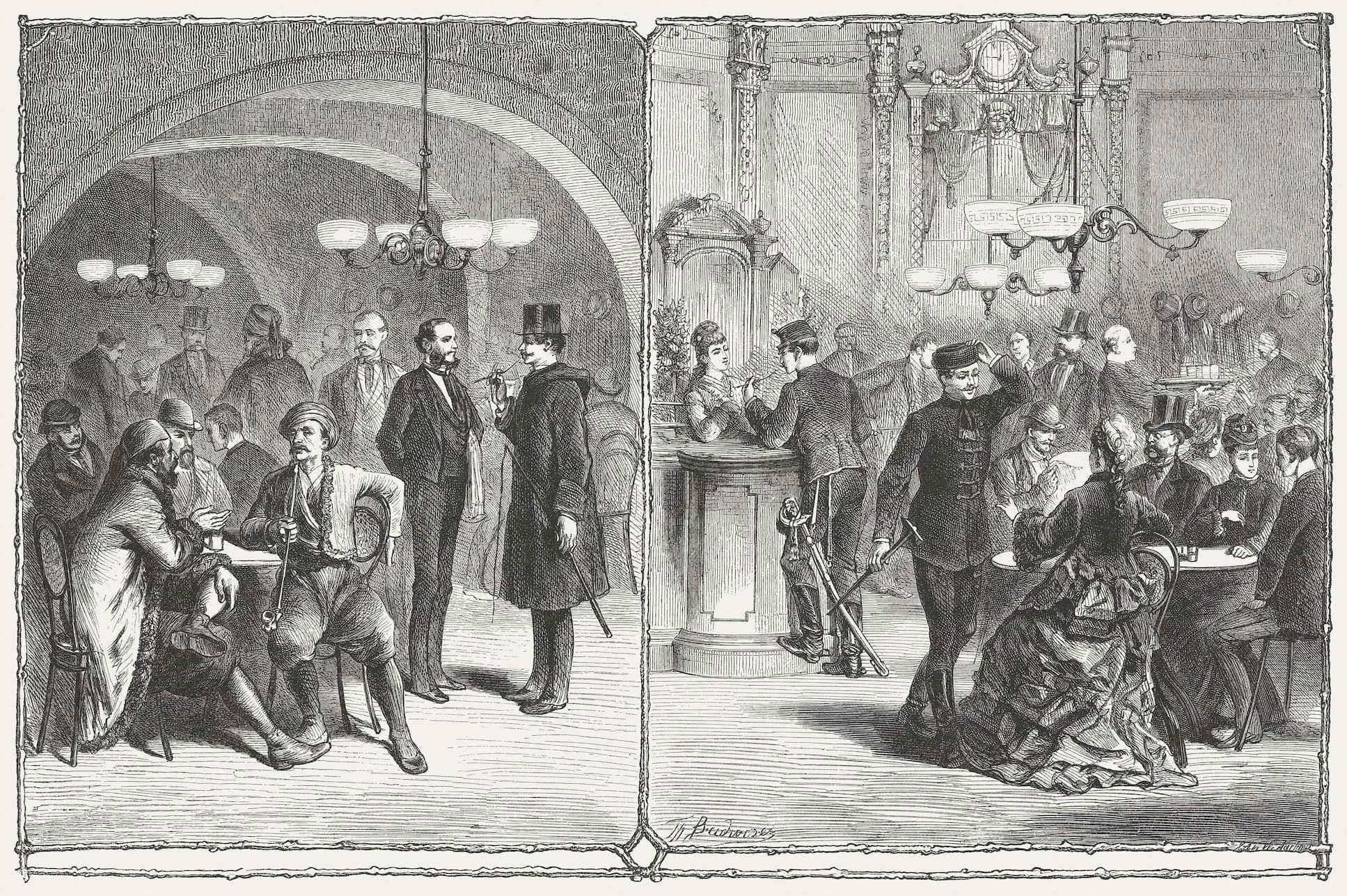Success
The History of the First Irish Newspapers
In 2017, research conducted by Irish marketing intelligence company iReach Insight revealed that 1 in 2 Irish people still read newspapers.
According to their survey, 73% of Irish adults prefer physical books/newspapers to digital ones. So, despite the convenience of online news, and the decline of print publishers, Ireland's appetite for newspapers doesn't seem to be going away anytime soon.
When did newspapers first appear in Ireland?
The earliest-recorded genuine newspaper in Ireland, aptly named The News-Letter, was first printed in Dublin in 1685. College Green-based printer and bookseller, Joseph Ray, created it for Robert Thornton at the Leather Bottle in Skinner's Row. According to Dublin City Public Libraries, it consisted of a 'half-sheet folio printed on both sides (and) was devoted to foreign affairs and political intelligence.'
Not everyone could buy a newspaper back then. Customers in 17th century Ireland were educated, wealthy men, including members of parliament and those who worked in the trade and commerce industries.

A woodcut depicting a 19th-century coffee house.
These men met in coffee houses (which often doubled as printing offices) to discuss current events. Coffee was a relatively new commodity in Europe at the time, and coffee houses were urban, social hubs where men of influence gathered to exchange and debate ideas.
These venues were prevalent across Ireland by the end of the 17th century. Records show that they appeared in Cork, Limerick, Kilkenny, Clonmel, Wexford, and Galway by 1698.
One of Ireland's oldest 'modern' papers (and one that closely resembled the broadsheets we're familiar with today) dates back to 1768. Early editions of the Limerick Chronicle included local news as well as stories of battles taking place across the pond, during the American War of Independence. It is still in circulation today, thanks to the Limerick Leader who purchased it during the 1950s.
. . .
For a couple of centuries, print boomed. However, new forms of entertainment and advancements in technology have led to its gradual decline over the past 100 years.
Nonetheless, many newspapers we know and love have adapted to the times. You can now find your news on websites, apps (like Xplore) and social media. Meanwhile, local entrepreneurs and writers have continued to provide their communities with printed newsletters, magazines, and weekly papers well into the digital age.
Today, there are around 115 official local publications in the Republic — that's around 4.5 for every county and 14x the number of national newspapers.
It's clear that Ireland's hunger for local news — and flair for the written word — has stood the test of time. Show your support for local publishers, newsagents, journalists, and bookstores by picking up a paper from time to time at a shop in your area.